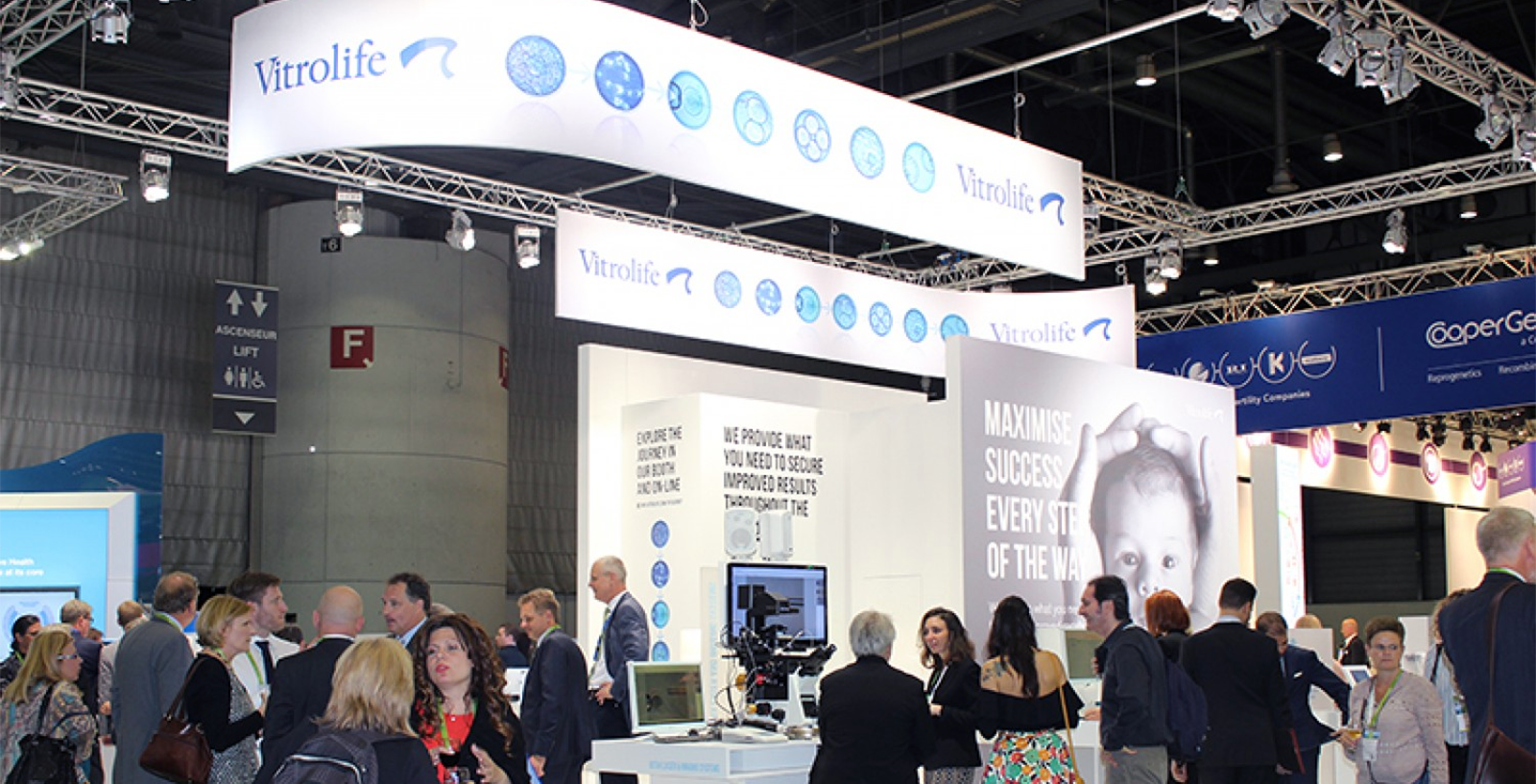This year, Geneva was the place to be when participating in the annual meeting of ESHRE. Similar to previous years, professionals from all over the world gathered to present or listen to the latest scientific developments in the field of assisted reproduction as well as to meet with colleagues.
Keeping up with the programme
The programme covered many different aspects of the daily work. Similar to previous years, the parallel sessions allow to share their experience but also make it difficult to make choices of which session to attend.
Continuous use of time-lapse
Use of time-lapse continues to be a hot topic that is being used for assessing both new potential markers for embryo development as well as correlation with outcome parameters. Novel potential markers of embryo quality including features of the fertilisation process such as cytoplasmic wave and pronuclear dynamics were encaptured in videos (O-221 Coticchio et al.). Automatic analysis of embryo images and image sequences were approached in different ways from a handful of presentations at this ESHRE. However, manual image analysis by embryologists still remains a consistent method with inter-class correlation coefficients up to 0,98; highest for PN fading and first cleavage and lowest for the appearance of second polar body and PNs (P-131 Martinez et al.).
PGS and embryo development
The use of genetic screening and diagnosis is clearly increasing and also being used to study biology of embryo development. One interesting observation (O-110 Fragouli et al.) was that culture medium may have an impact on genetic normality of embryos. This is an important observation. The synergistic possibilities of utilising time-lapse and PGS in combination was highlighted in several presentations, both for improved workflow and for using time-lapse to differ euploid embryos by clinical outcome potential (O-007 Dajani et al., P-206 Olcay et al. and others).
Still looking into culture media's effect on birth weight
The group from Maastricht that initiated the debate on the effect of culture medium on birth weight with their paper from 2010 continues investigating this and presented 2 papers on follow-up of children a t the age of 9. They showed that children at the age of 9 continue to have a different weight (O-033 Zandstra et al.) but on the other hand did not show differences in cardiovascular characteristics (O-034 Van Montfoort et al.). It was also shown that laboratory parameters alone are not necessarily predictive for cumulative outcome. While blastocyst development rates were not the fastest in G-series media, the cumulative outcome per oocyte retrieval was highest when using G-1 and G-2 for embryo culture (O-272, Murakami et al.).
Increased attention on cryopreservation
Several aspects of cryopreservation were discussed. The overall efficiency was discussed by D Gook (O-100) but also ovarian tissue cryopreservation receives increasing attention. Also the potential future role of automation was discussed ((O-101, l Rienzi).
Meet the authors
The electronic posters could be viewed easily and a selection of posters was discussed in detail. This was an interesting way to discuss with the authors about their work. From our side we also contributed with a meta-analysis on the effect of blastocyst collapse for vitrification (P-198, Joris et al.).
For those not attending, detailed information can be found on www.eshre2017.eu. The annal Vitrolife Scientific Symposium was very well attended and can also be viewed here.
Topics: IVF community insights

